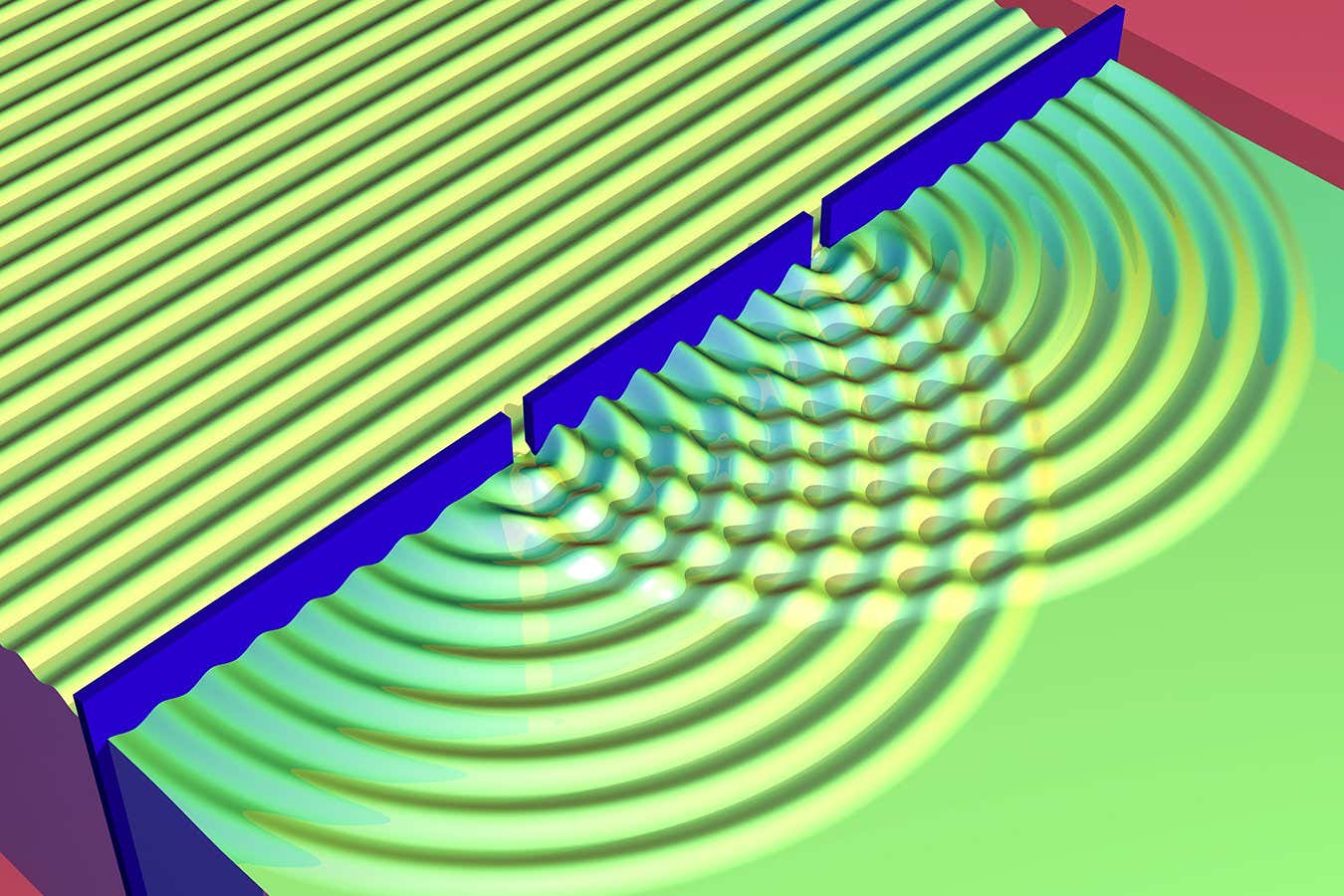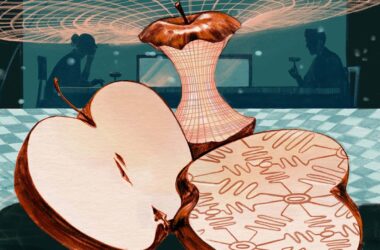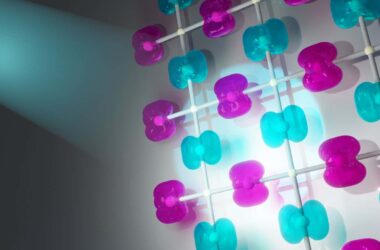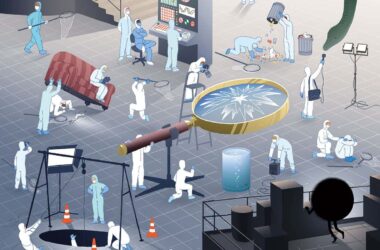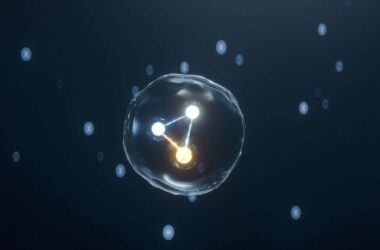An illustration of a double-slit experiment
The famous double-slit experiment, first performed in 1801, demonstrated that light behaves both as a wave and a particle. Now, scientists have performed a similar experiment using “slits in time,” revealing new ways to manipulate light and potentially create time crystals.
The original double-slit experiment involved shining a beam of light through two small slits and observing the interference pattern created on a screen. This experiment provided evidence that light is a wave.
In the new experiment, conducted by Riccardo Sapienza and his team at Imperial College London, they separated the obstacles to light propagation in time instead of space. This required using a material called indium tin oxide, which can transition from transparent to reflective when exposed to a powerful laser beam.
The researchers used two consecutive laser pulses to make the material reflective, while also shining a less powerful “probe” laser at it. They observed interference patterns in the frequency of the light instead of its brightness. The surprising discovery was that the light’s frequency oscillated more than expected, demonstrating the material’s incredibly fast response to the laser pulses.
This rapid transition time could potentially be used to create time crystals, which are unique materials with repeating moving structures. It could also have applications in telecommunications and other technologies where precise control of signals in time is crucial.
Insights:
– The double-slit experiment, first performed in 1801, demonstrated that light behaves as both a wave and a particle.
– In a new version of the experiment, scientists separated the obstacles to light propagation in time rather than space.
– The material used, indium tin oxide, can transition from transparent to reflective when exposed to a powerful laser beam.
– The researchers observed interference patterns in the frequency of the light, indicating a fast response of the material to the laser pulses.
– The findings could potentially lead to the creation of time crystals and have applications in telecommunications and other technologies.




